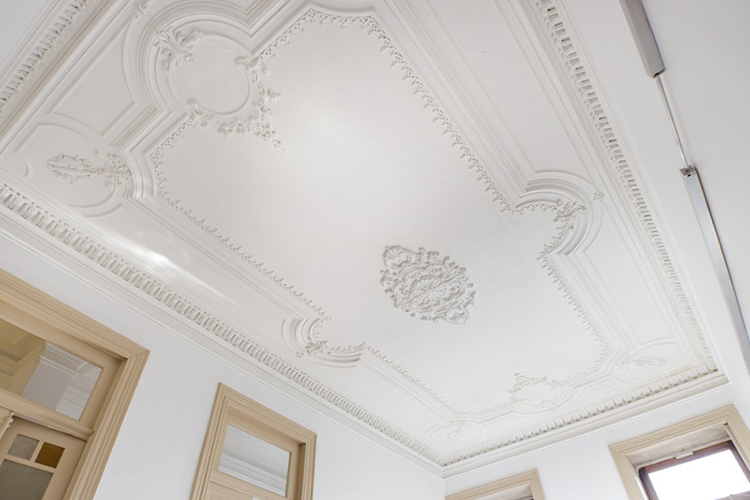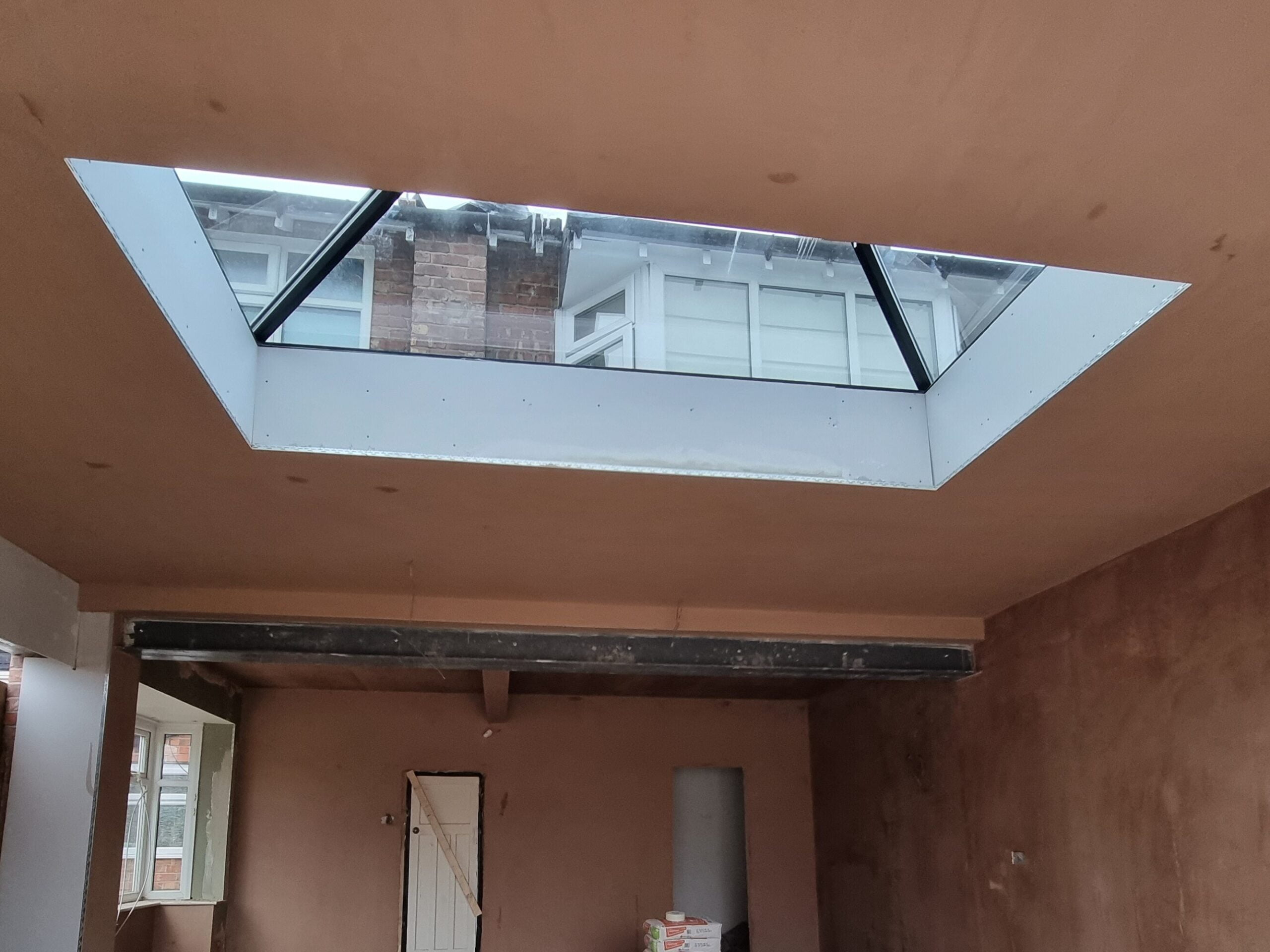Secret Tips and Tools for Effective Plastering in your house Renovation Endeavors
Attaining a perfect plaster surface in your home improvement projects calls for a mix of the right tools and tested techniques. Comprehending the nuances of mixing plaster and using it in thin layers can considerably influence the final end result.
Crucial Gluing Tools
A plasterer's toolkit is fundamental to accomplishing a durable and smooth finish on ceilings and wall surfaces. The essential tools include a variety of carries out made to help with the smudging procedure efficiently and properly. Trick elements include a hawk, which is a flat, square tool utilized to hold the plaster while using it to surfaces. This tool permits very easy transportation and application of the product.

Additionally, a mixing container is needed for preparing plaster, ensuring the ideal consistency before application (Plastering). Together, these vital plastering tools enable both experts and DIY lovers to attain high-quality outcomes in their gluing tasks.
Surface Area Preparation Techniques
Appropriately preparing the surface before smudging is important for ensuring attachment and accomplishing a perfect coating. The very first step involves cleaning the surface area to get rid of any dust, grease, or old paint that may hinder the plaster's capacity to bond efficiently. A detailed wash with a suitable cleaning remedy is suggested, followed by rinsing and enabling the surface area to completely dry entirely.
Next, analyze the surface area for any kind of imperfections or splits. These ought to be loaded with an ideal filler compound and permitted to heal according to the maker's directions. For permeable surface areas, applying a primer is vital to boost and develop an uniform texture attachment.
Additionally, it is important to ensure that the surface is stable and structurally sound. Any loose products, such as flaking paint or damaged drywall, should be repaired or removed. If dealing with masonry surfaces, think about making use of a scratch coat to enhance grasp.
Mixing Plaster Like a Pro

Utilizing a clean mixing container, pour the water initially, after that progressively include the plaster powder while stirring continuously. This approach aids to prevent clumping and guarantees an even distribution of products.
When mixed, permit the plaster to relax for a few minutes to enable the plaster crystals to hydrate totally. This relaxing period improves workability and lowers the threat of cracking during application. By following these steps, you can blend plaster like a professional, establishing the structure for a successful gluing project in your home improvement undertakings.
Application Techniques for Smooth Finishes
With the plaster mixture prepared to the optimal uniformity, the next action entails selecting proper application methods to accomplish a smooth surface. This tool permits for a penalty, even circulation of plaster throughout the surface while reducing trowel marks.
Begin by using a charitable amount of plaster to the surface area utilizing the trowel, guaranteeing it sticks well. Employ a methodical method, working from the lower upward. As soon as the initial coat is used, make use of a sweeping movement to smooth the surface area, using even stress. In locations that call for even more thorough focus, think about making use of a float, which can help useful source remove any imperfections and create an useful source uniform structure.
For the final touches, a wet sponge can be made use of to fine-tune the surface area further. Lightly haze the plaster with water and delicately massage the surface to achieve a sleek effect. Always remember to operate in little areas to maintain control over the application process, making sure a smooth, specialist finish throughout your plastering project.
Usual Errors to Stay Clear Of
When embarking on a plastering job, preventing common blunders is essential for attaining a flawless finish. Make sure that all dust, grease, and loose products are removed prior to using plaster.
Another typical error is using plaster too thickly. Thick layers can crack as they dry, jeopardizing the honesty of the surface. Rather, choose multiple slim layers, allowing each layer to dry completely before applying the next.
In addition, inadequate blending methods can cause irregular appearance and workability. Constantly adhere to the maker's instructions for mixing ratios and thoroughly blend the plaster to accomplish an uniform uniformity.

Timing likewise plays a critical function; plaster needs to be used while the substratum is wet to enhance adhesion. Finally, prevent using improper tools. Top notch trowels and floats can make a considerable distinction in achieving a smooth coating. By avoiding these typical pitfalls, you can improve the quality and durability of your plastering job, causing an extra professional cause your home improvement ventures.
Verdict
Reliable gluing calls for a complete understanding of necessary tools and strategies. More Help By using proper equipment, ensuring thorough surface preparation, and sticking to suggested blending ratios, optimum outcomes can be attained. Using suitable application approaches even more enhances the surface, while understanding of typical mistakes can prevent obstacles. Proficiency of these aspects not just adds to the visual allure of a room but also ensures resilience and durability in gluing jobs, making them indispensable to successful home renovation endeavors.
A float is another crucial device, which assists in leveling the plaster and achieving an uniform surface.

By adhering to these steps, you can mix plaster like a professional, setting the structure for a successful smudging task in your home renovation ventures.
Gently mist the plaster with water and carefully massage the surface area to accomplish a polished result.